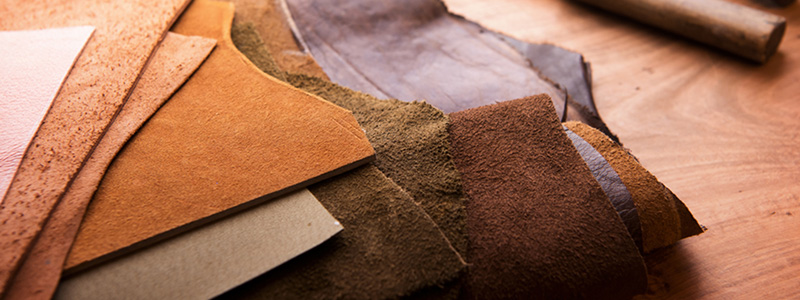How to Repair Deep Cuts and Tears in Leather Furniture
July 18, 2018

Do you have a large gash or cut in your leather furniture that you need to repair? There are ways you can make the repair yourself, though of course you may trust a professional to do a better job.
Still, if you’re interested in trying your hand at a DIY solution, here’s some information about how you can perform home leather sofa repair in San Diego, CA for deep cuts and tears:
- Cut a sub patch:
If there’s any substrate exposed, you’ll need to cut out a sub patch. You’ll be able to purchase leather repair kits, which include the material and tools you’ll need to make the repair. Otherwise, you can use another piece of strong, flexible fabric, vinyl or leather. The patch should be slightly larger than the area that needs to be patched, with rounded corners. - Insert the patch into the hole:
Use a pair of tweezers to place the patch into the hole, then flatten it out so there are no folds or wrinkles. It should sit nicely between the leather and the substrate. - Glue:Glue the patch to the leather, using a large needle or toothpick to apply the glue to the leather’s underside. The layer of glue should be thin, and you should be sure to wipe away any excess with a paper towel.
- Apply pressure:
While the glue dries, apply pressure to the tear. You might place a heavy book, for example, over the area to apply heavy, firm pressure. Allow the glue to dry according to label instructions. - Clean:
Before you apply leather filler, make sure the surface is clean. Use a clean rag and that has been dampened with leather cleaner or 70 percent isopropyl alcohol, then wipe the damaged area and ensure you remove any debris. Use scissors to trim away any loose fibers around the hole’s edge. - Use leather filler:
If you still have a gap between the edges, use a palette knife and spread some leather filler into the gap. The flat side of the knife can be used to smooth out the filler and remove excess. Make sure the area is flush with the rest of the leather’s surface. You can then let that filler dry according to the instructions that come with the filler. When it’s dried, you should be able to press the area without it feeling squishy or shifting around. - Dye:
Once the filler is dry, dye the repaired area. You can mix your own color in accordance with the repair kit instructions, or send a sample of the leather to a dye company so they can create an exact match. The method you choose will likely depend on how obvious the repaired area is, and its size. - Finish:
Once the dye is dry, apply leather finish. Make sure you match the finish to the rest of the furniture.
For more information about how to repair cuts or tears in leather, contact Total Leather Care about leather sofa repair in San Diego, CA.
Categorised in: Leather Repair
